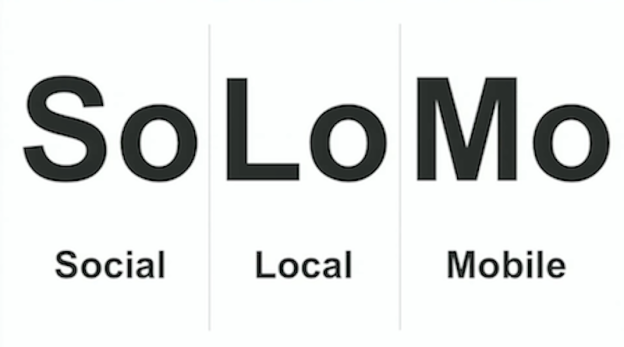Welcome back to this week’s lesson on the latest in tech jargon. With South by Southwest officially launching by this week’s end, we figured you might want to know more about the dreadful descriptor that’s going to quickly dominate the Web for the next week or so. That, plus more design terms that you’ve may have spotted on the Web or in real life but haven’t figure out their meaning.
Responsive Design
Responsive Web design became a popular feature for most websites after the mobile gadget world took over. The feature allows the user to resize, pan, and scroll a webpage in their most optimal view. The most identifiable way to spot a site’s responsive designs is when fonts and tables automatically readjust when you resize your Web browser’s frame. In this fashion, the site intuitively responds to the user’s action, and the entire content of the page fits in your screen no matter how small or large, reducing the need for users to to scroll sideways.
“With responsive design, my blog looks the same whether you log on your computer, tablet, or smartphone.”
SoLoMo
An acronym for “Social,” “Local,” and “Mobile.” You’ll hear this term a least a million times during one of the most social and techy event of the year: SXSW. The word refers to the intersection of those three subjects in one product – usually an app – so that users can interact, engage, and participate in various events and tasks based on their location. From a consumer standpoint, SoLoMo products give users a way to personalize results from a given app. Vice versa, marketers can target consumers more accurately based on their location, device, and social factors such as gender, relationship status, and age.
“Friend A: “SoLoMo” is such a terrible way to call apps.
Friend B: Don’t pretend you don’t constantly check into Chipotle on Foursquare to try to be its mayor though.”
Netizen
Citizens of the Internet. It’s an unofficial, colloquial way to refer to those who spend most of their days on the Web (like most of us here at Digital Trends), thus relying on the Internet as the go-to source for news, entertainment, social networking, and research. Basically, anyone born after the year 1985 is likely to be a netizen.
“Dear fellow netizens, Tumblr is down for the time being. Please refer to Imgur.com for your daily GIF needs.”
Supercapacitor
An electrochemical device that can absorb, store, and release energy at a high pace. Manufacturers are currently looking into replacing traditional batteries with Graphene-based supercapacitor strips which can be made inexpensively and efficiently. According to an article on Core77, “supercapacitor-equipped cell phone would charge in seconds, not minutes. If scaled up to integrate with an electric car, overnight top-ups would become a thing of the past.” The use of this new technology can also leave behind a more green-conscious, biodegradable product that can easily be composted, unlike traditional battery packs.
“Will supercapacitor-powered gadgets spell the end for Lithium-ion batteries? Let’s hope so.”
I’ll be in Austin for SXSW 2013 so no jargon lesson next week – but check back in two to catch up on our tech lingo watch!



